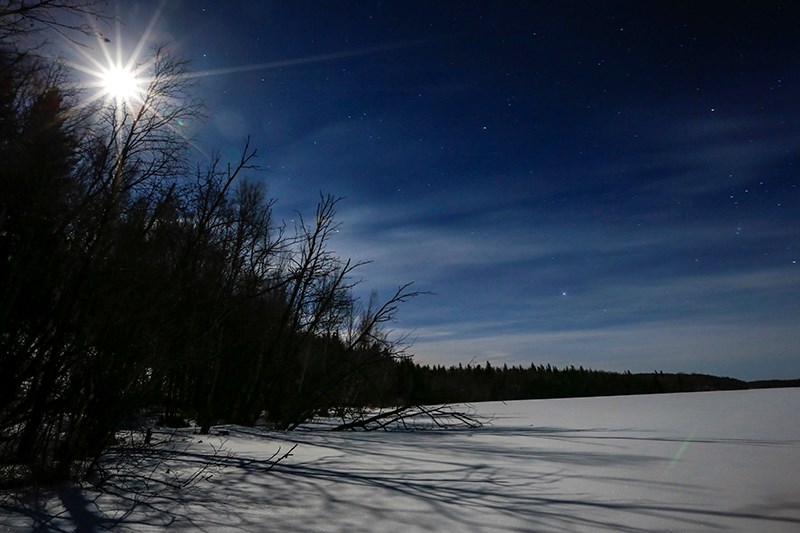Members of the Long and Narrow Lakes Stewardship Society (LNLSS) are one step closer to keeping light from polluting the starry skies within the area.
LNLSS has submitted an application form for the area to be deemed a Dark Sky Preserve (DSP), an area that is kept free of artificial light pollution.
LNLSS co-chair Juanita Marois said the group submitted their form to the International Dark Skies Association in January of this year.
“We’ve been in discussions with this for a while,” she said. “It was January, until we officially submitted to the International Dark Skies Association. We’re very excited to see what comes next.”
To get an idea of what to expect from the process, LNLSS will be bringing in Catharine Tran from Alberta Environment and Parks. Tran helped designate Shaw Lake, just 25 kilometres east of Lac La Biche, as a DSP. Tran will present the stewardship the process of registering for a dark-sky reserve.
“She’s coming on February 24,” she said. “She’s presenting to the Long and Narrow Lakes Stewardship Society. “Really, we are in the very initial stages and that’s why we’re having Catherine to come out and talk to us a little bit about the process they’ve undergone and the length of time it took.”
She said the main partners driving this process are Dr. Martin Connors and Ian Schofield from the Athabasca University’s Geophysical Observatory, which is located within the area.
The observatory is the second facility that was built, after their first one located next to the university was not as effective due to light pollution in the area after the Multiplex was built.
Connors said this dark sky preserve will be very helpful to AU’s research with proton aurora, which is best seen in the Athabasca area.
“Our very dark skies are important for the world-class research,” Connors said in an email. “For this reason, we had to build the new observatory in Athabasca County rather than continue only to use our old observatory on the Athabasca campus, where light pollution became an issue. We are very happy to see the Long and Narrow Lake Stewardship Society support the dark sky aspect of the natural environment, to be preserved along with the other wonderful aspect of the region.”
Marios said if the DSP application goes ahead as they hope it will, she expects it to be another great visiting feature for the area.
“I think this can be a great boost to the region and certainly the particular area as well,” she said. “Jasper National Park is another place that has this destination and they make a week long festival out of it. We’re excited for the potential that could come from this designation.”
Marois added that a potential dark sky festival has been spoken about amongst LNLSS members, but no decisions or plans have been made.



